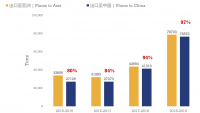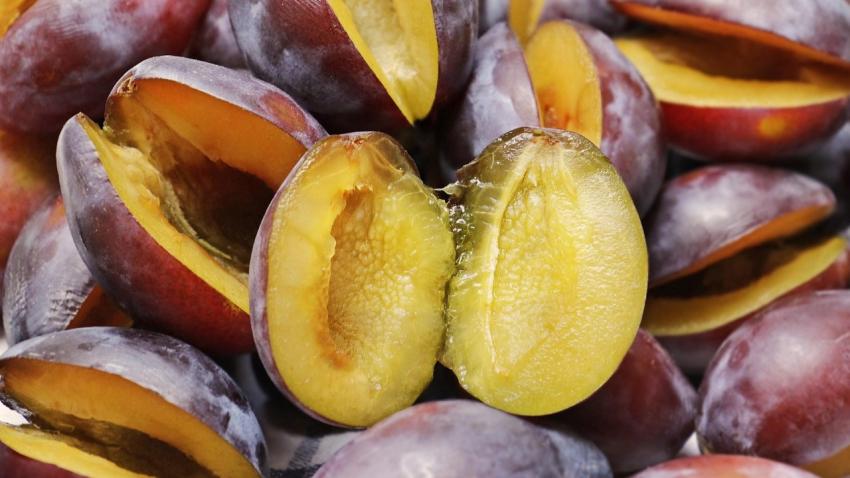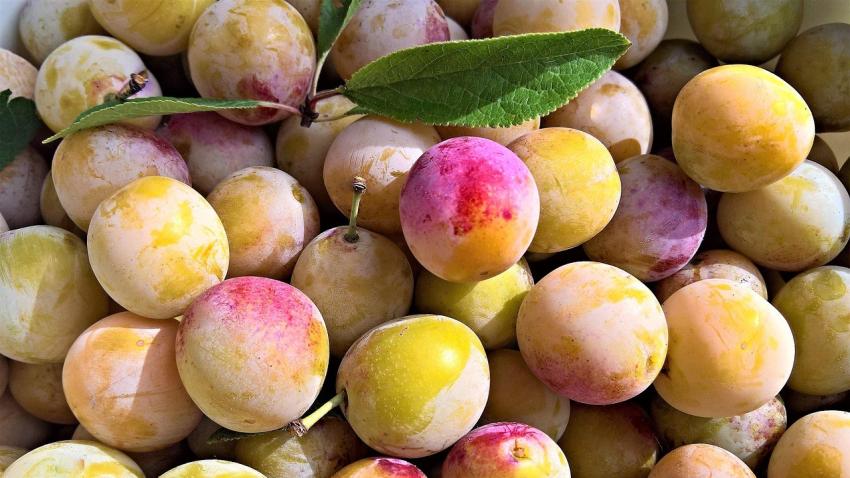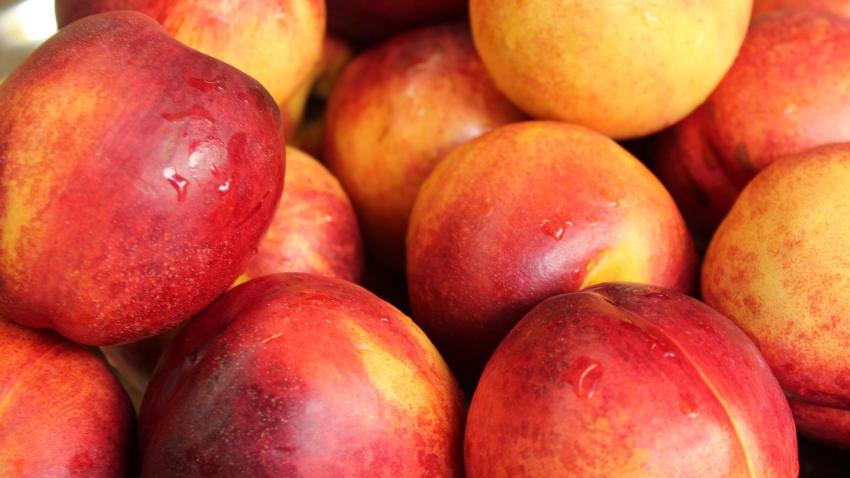You are here
Back to topChilean Stone Fruit Exports Continue to Penetrate Mainland China
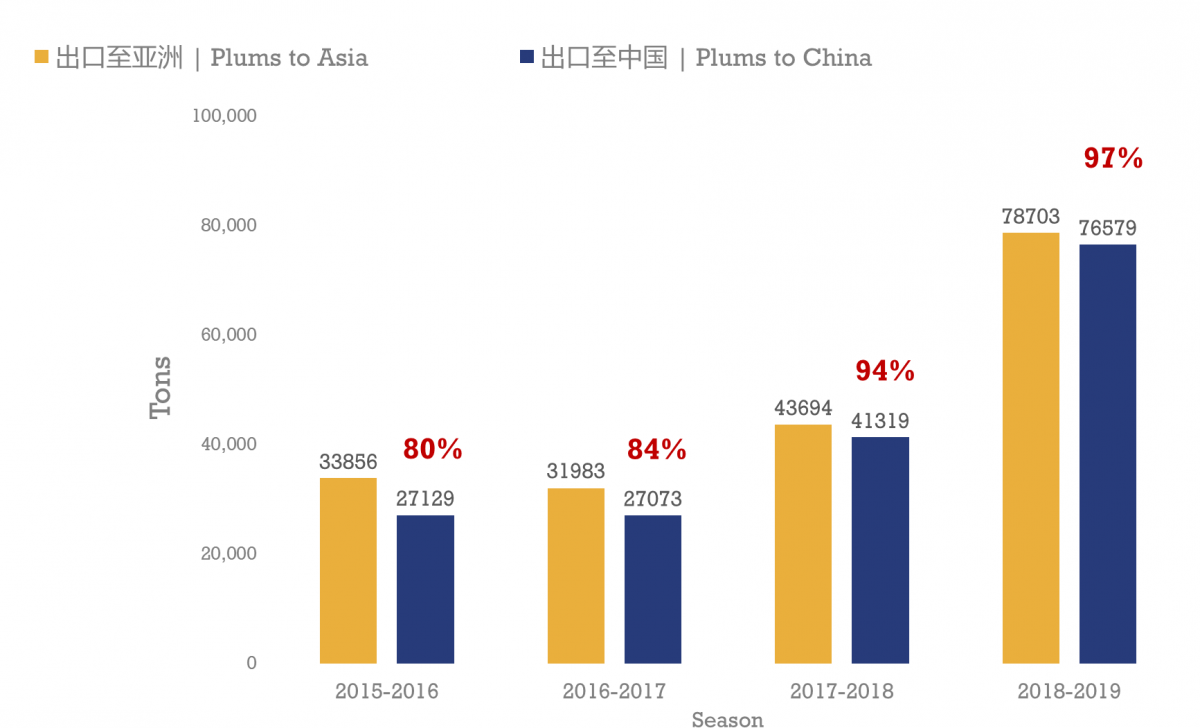
The evolution of exports of plums from Chile to China. Source: ASOEX.
Ensuring a safe and stable food supply is more important than ever as the world faces the grave challenge of the ongoing COVID-19 pandemic. According to recently released data, Chilean exporters and producers of nectarines and plums, which form part of the Chilean Stone Fruit Committee of the Chilean Fruit Exporters Association (ASOEX), are doing their part to ensure this supply. ASOEX’s data indicate that Chile’s exports of these fruits are expected to rise during the ongoing 2019/20 season, despite the challenging times.
A presentation on the evolution of the Chilean nectarine and plum sector was delivered by Charif Carvajal, ASOEX’s marketing director for Europe and Asia, during an online stone fruit seminar with Chinese traders on March 24. Carvajal indicated that the supply chains for Chile’s counter-seasonal nectarines and plums to China have remained stable during the crisis. Furthermore, the Chilean Stone Fruit Committee is continuing to actively promote these fruits in the market as consumers look for nutritious, low-calorie foods to support the new stay-at-home lifestyle and maintain their immune health.

“Even during difficult times, our industry is committed to supplying the Chinese market with fresh stone fruits from Chile,” said Carvajal.
China is the primary Asian market for Chilean stone fruit exports, accounting for 97% of Chile’s plum exports and 86% of its nectarine exports to Asia in the 2018/19 season. Plum exports from Chile to China have risen from 27,129 tons in the 2015/16 season to 76,579 tons for 2018/19, a 182% increase over three seasons. Chilean nectarines gained market access in China in 2016 and by the 2018/19 season had already reached 20,063 tons.
Overall, Chilean exports of nectarines to the world are projected to reach 73,686 tons this season. With the harvest having come to a close already, it appears that this target will be reached. Approximately 46% of these exports will go to the Far East region, of which China is the chief market. This compares to 26% of nectarine exports going to the next largest market, North America. The overall quality of the Chilean nectarine harvest this season was deemed good.
With the harvest now finished, Chilean plums also had a good season for 2019/20, with good quality in terms of both appearance and size. As of week 12, Chile had exported a total of 111,500 tons of plums.
Chilean producers supply a wide range of varieties of nectarines and plums selected to deliver a long supply window, optimum storage and transportation characteristics and an outstanding eating experience for the consumer. In China, where consumers are particularly fond of sweet-tasting fruit, Chilean sugar plums have been a big hit in recent years.
The Stone Fruit Committee of ASOEX has been tailoring this season’s stone fruit marketing campaign in China to a newfound emphasis among consumers for nutritious foods that will help safeguard waistlines during time spent working from home.
“We are actively promoting the nutritional characteristics of stone fruits from Chile,” said Carvajal, who noted that both nectarines and plums contain a range of vitamins and minerals important for normal functioning of the body and immune system. Furthermore, according to Carvajal, nectarines typically contain 70 calories per large-sized fruit, while plums range from 30 to 46 calories per 100 grams of fruit depending on the type – making them an ideal low-calorie snack.
Image: ASOEX



